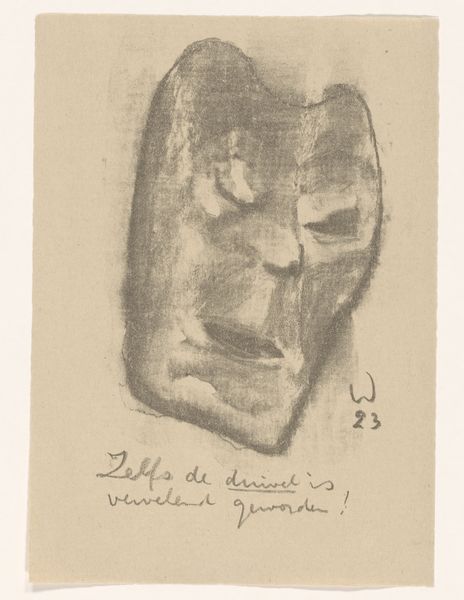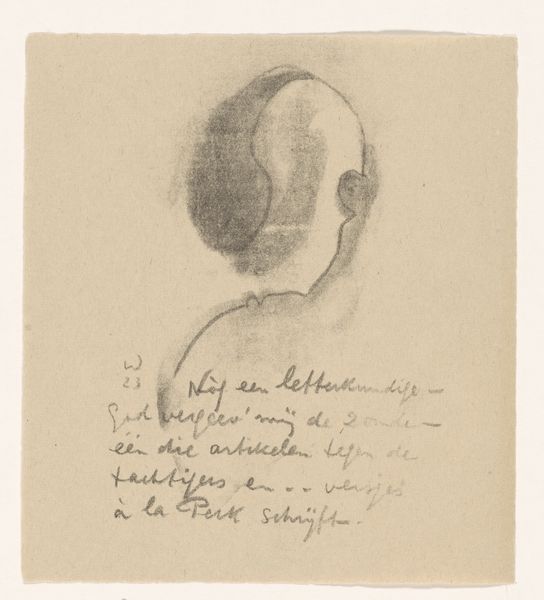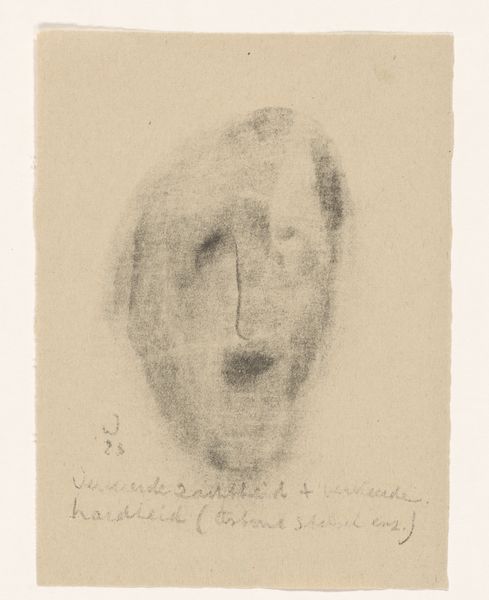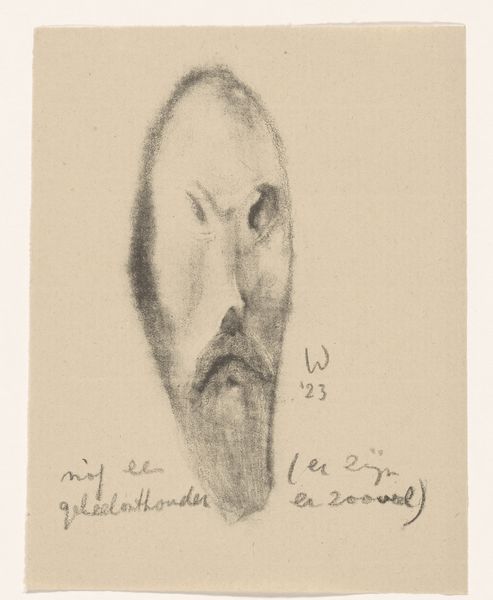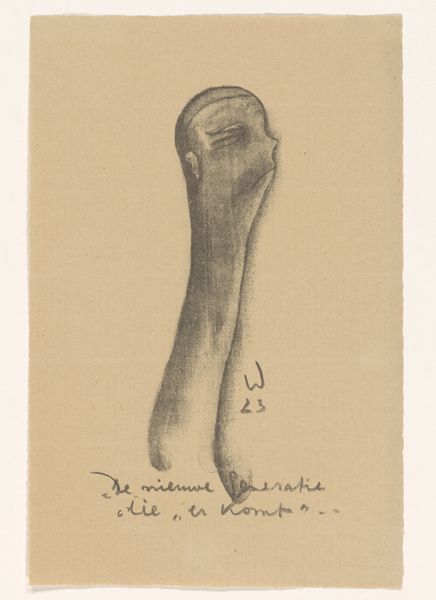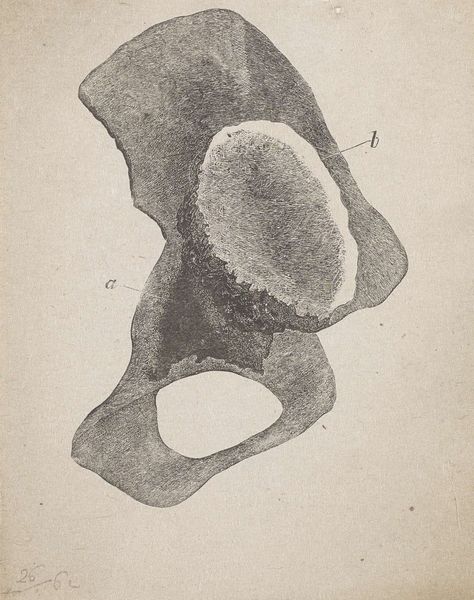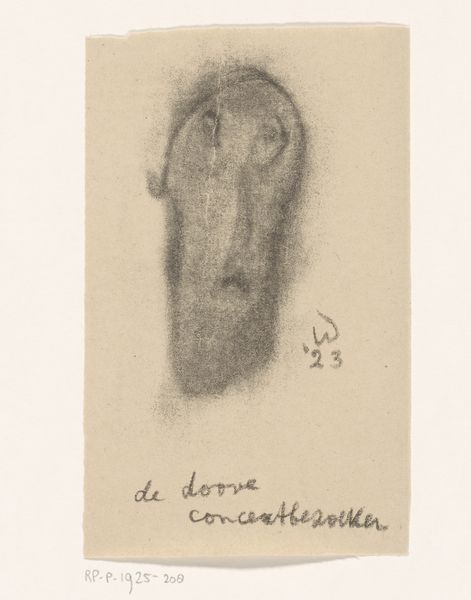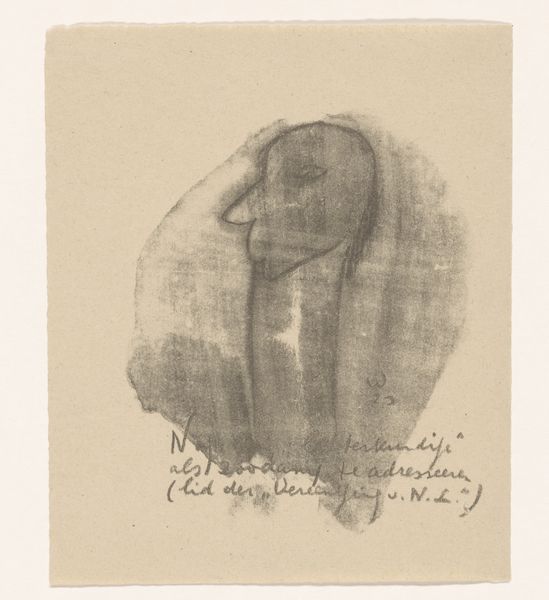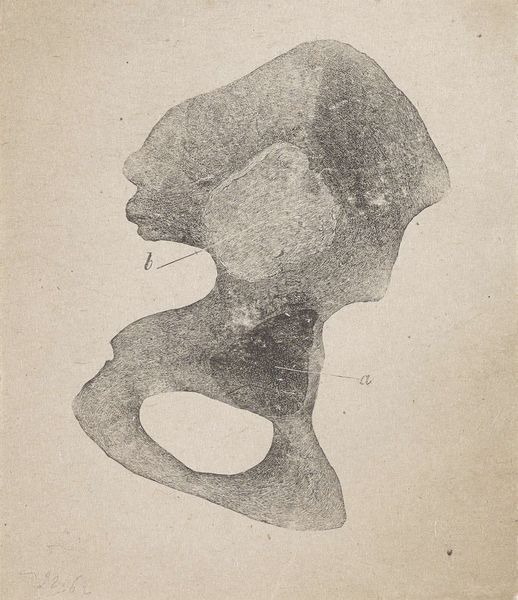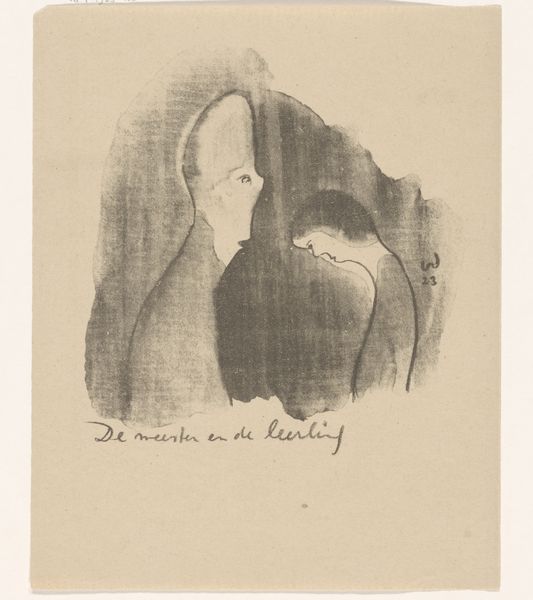
drawing, graphite, charcoal
#
portrait
#
pencil drawn
#
drawing
#
light pencil work
#
shading to add clarity
#
pencil sketch
#
old engraving style
#
german-expressionism
#
figuration
#
portrait reference
#
pencil drawing
#
expressionism
#
limited contrast and shading
#
graphite
#
portrait drawing
#
pencil work
#
charcoal
Dimensions: height 180 mm, width 140 mm
Copyright: Rijks Museum: Open Domain
Editor: This is Erich Wichmann's "Bourreur de Cranes," possibly from 1923, created using graphite, charcoal, or pencil. It's… haunting. The dark shading makes it feel like a skull but not quite. What’s your take on this piece? Curator: "Bourreur de cranes," which translates roughly to "brainwasher," is a powerful, loaded term. Given the presumed date, it sits squarely in the interwar period in Germany. Wichmann was a known participant in avant-garde circles, so how does this drawing engage with the political and social upheavals of the time? Editor: I see the visual distortion of the skull and link it to a kind of Expressionistic scream against… something? Perhaps propaganda? Curator: Exactly! German Expressionism often grappled with the trauma of war and societal anxieties. This image, stark and raw, evokes a sense of unease. The title suggests manipulation, the 'brainwashing' you mentioned. It’s tempting to see this work within a larger discourse of the weaponization of information. Think about how the media and political structures were being used and abused during that period. Does that change how you view its potential meaning? Editor: It does. It becomes more pointed, less a general scream and more a specific accusation against the institutions of the time. But what is its function? Curator: It challenges the viewer to question authority and resist manipulation. It becomes a public artwork, sparking dialogue and hopefully, critical thinking. And that brings to mind the power of even simple sketches to make public art. Editor: I hadn’t considered the call to action hidden within the work, but I definitely see it now. It has layers, a clear political agenda and historical value. Thanks for that deeper look! Curator: A pleasure. Considering the social undercurrent makes it much richer.
Comments
No comments
Be the first to comment and join the conversation on the ultimate creative platform.
